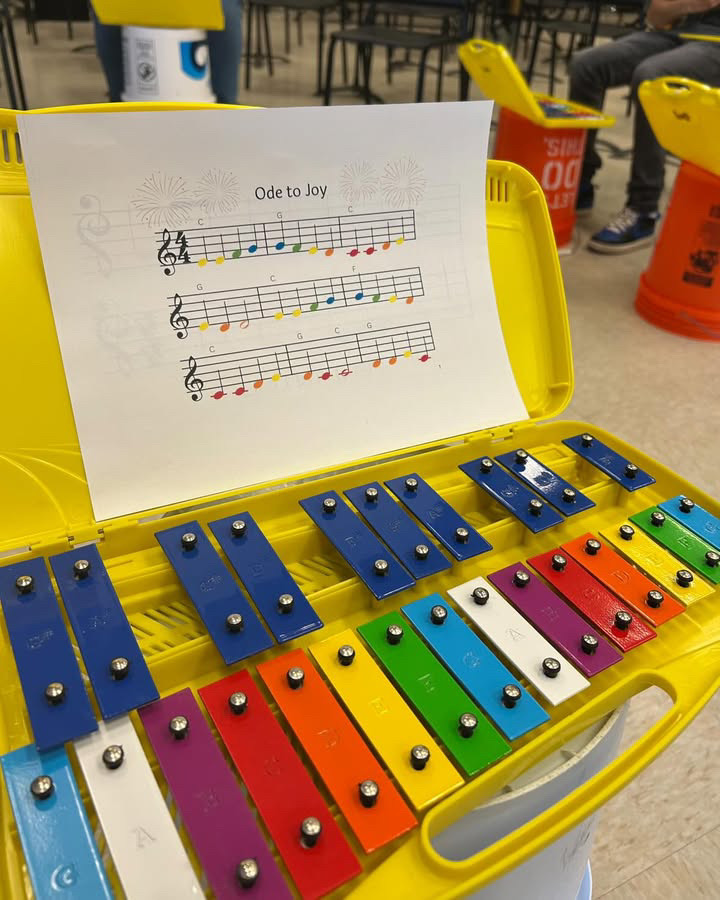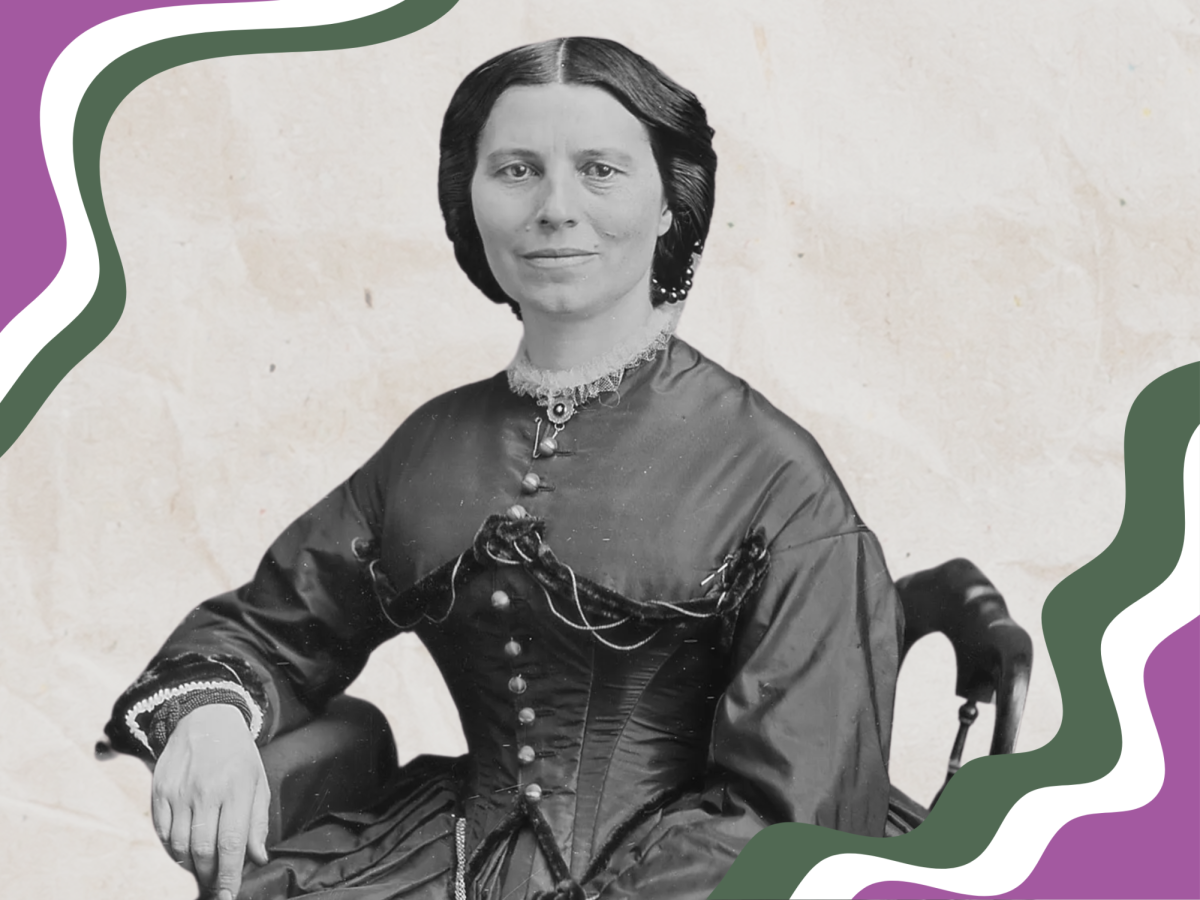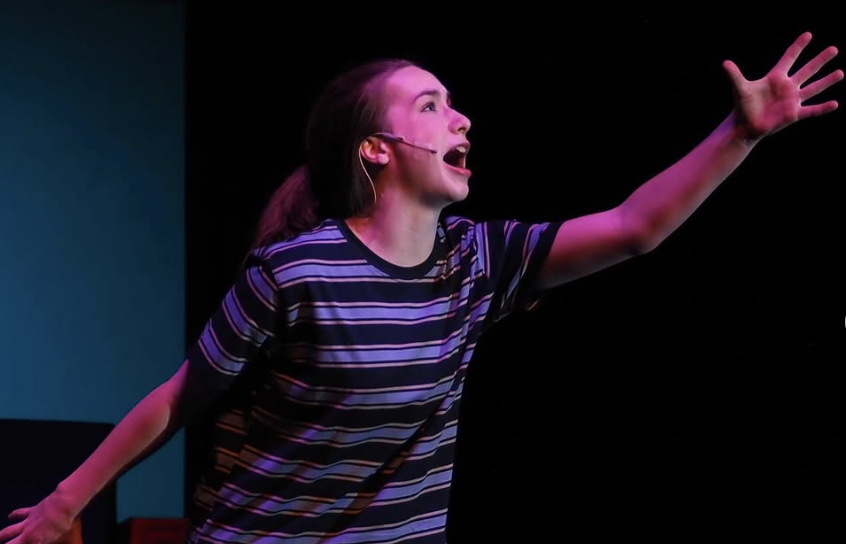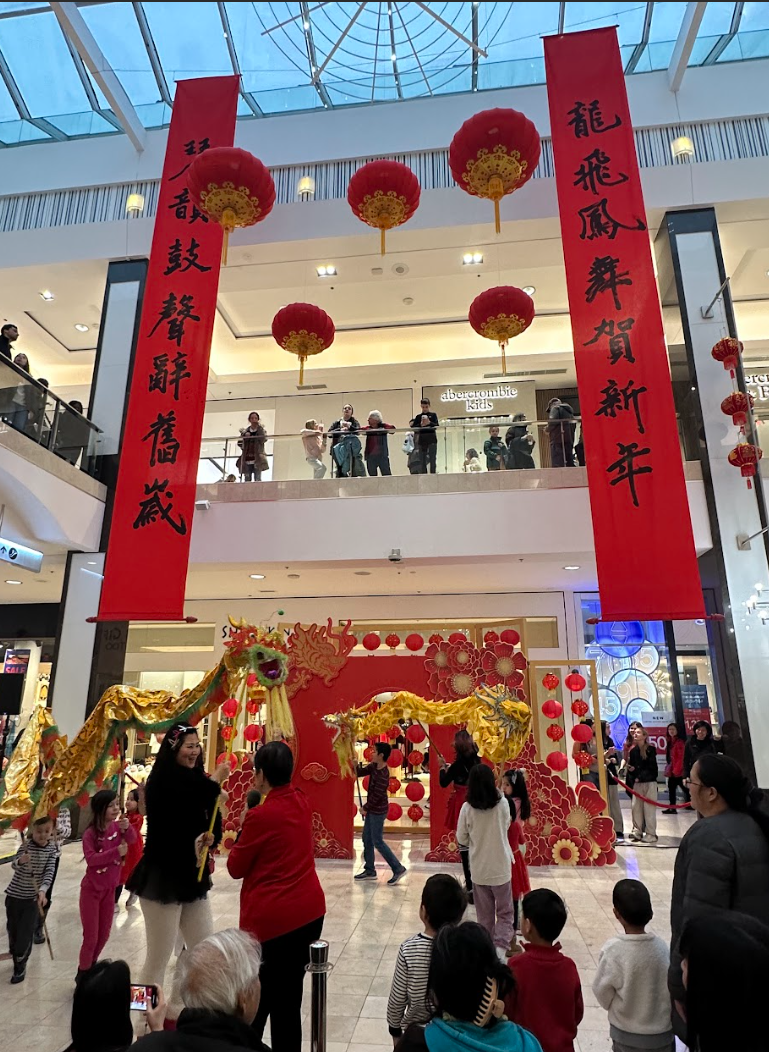At the Hirshhorn’s newest exhibit, museum-goers can not only view, but also touch, listen and experience the artwork.
“Suprasensorial: Experiments in Light, Color and Space” is on display until May 13.

Organized by the Museum of Contemporary Art in Los Angeles, the exhibit highlights the work of 20th-century Latin American artists not widely known in America: Lucio Fontana, Julio Le Parc, Carlos Cruz-Diez, Jesús Rafael Soto and Hélio Oiticica.
The exhibit displays an important aspect of Latin American art, chief curator Kerry Brougher said.
“It’s showing a facet of Latin American work from the 1950s and ‘60s that is not well-known. Many of these artists like to work with light, space and color, and a lot of that has been forgotten,” Brougher said. “We don’t get to see a whole lot of Latin American work in Washington, D.C.”
Because of the nature of the artwork displayed in “Suprasensorial,” most of the pieces had to be recreated specifically for the exhibition.
One installation features a recreation of Cruz-Diez’s three-dimensional environments called “Chromosaturations,” which has to be made anew for each “Suprasensorial” exhibition. The piece is a small hallway divided into three sections, with blue, magenta and green fluorescent lights illuminating the bare white walls of each section. Viewers walk through the space and experience the different colors and shades.
“Cruz-Diez had to adapt his work slightly for our space,” Brougher said. “He’s very interested in optical effects and how colors affect one emotionally and perceptually. He loves those areas in between colors, where it’s almost hard to name the color.”
Adapting the entire exhibition to the Hirshhorn created some challenges. The circular architectural design of the museum made it difficult to work with the large pieces, but the exhibit turned out well, Brougher said.
When the Museum of Contemporary Art created “Suprasensorial,” it included a swimming pool, as a part of Oiticica’s artworks. Because the Hirshhorn wasn’t able to recreate this installation, they used a different one of Oticica’s work: “Cosmococa No. 1: Trashiscapes.”
His piece consists of a dimly lit room covered with mattresses that encourage participants to lie down, listen to the rock music and view images projected on the wall.
“Oticica was trying to create art that would be social and not just a singular experience,” said Brougher. “That might not seem so radical now, but in 1973, it was fairly radical to do something like that.”
Oticica coined the term “suprasensorial” to describe multimedia environments that activate spaces and dynamically engage viewers. In his series of “Cosmococas,” he alludes to cocaine and the cosmic space stemming from the psychedelic era, senior curator Valerie Fletcher wrote in the exhibit brochure.
The curators at the Hirshhorn made careful decisions regarding how much information to include with the artwork featured in “Suprasensorial.” The exhibit encourages people to experience and perceive the artwork in their own way.
“If people come away with the idea that art doesn’t need to just be a painting or a photo on the wall but can actually be a physical and optical experience that you can walk into and walk around in, then we would have accomplished a lot,” Brougher said.
[imagebrowser id=89]









